Pakistan’s largest dam, Tarbela, is facing a critical water shortage as a persistent dry spell continues to grip the region. The dam’s current water level has plunged to 1,450.85 feet, dangerously close to the “dead level” of 1,402 feet, beyond which water can no longer be released by gravity. With the dam’s full capacity at
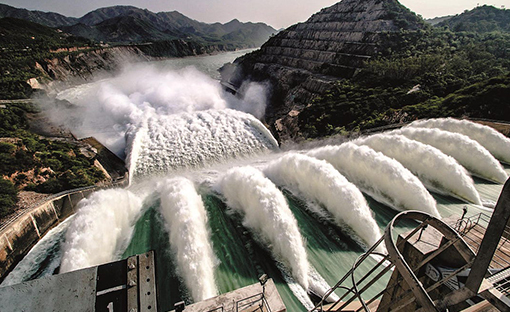
Pakistan’s largest dam, Tarbela, is facing a critical water shortage as a persistent dry spell continues to grip the region. The dam’s current water level has plunged to 1,450.85 feet, dangerously close to the “dead level” of 1,402 feet, beyond which water can no longer be released by gravity.
With the dam’s full capacity at 1,550 feet, the gap is now a stark reminder of the urgent environmental challenges ahead.
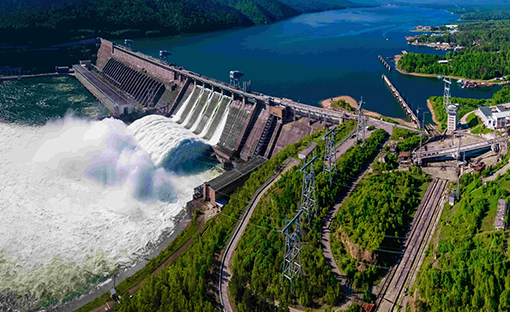
Despite all 17 power units being technically operational, Tarbela is producing just 1,413 megawatts of electricity, less than one-third of its 4,888-megawatt capacity. The dramatic dip in hydroelectric output is not just an energy concern but a looming threat to agriculture and water security across the country.
Current inflows are at 177,400 cusecs with an outflow of 151,800 cusecs. Experts warn that if the weather remains dry and temperatures do not rise to accelerate glacial melt, the situation could quickly spiral into a nationwide energy and irrigation crisis.
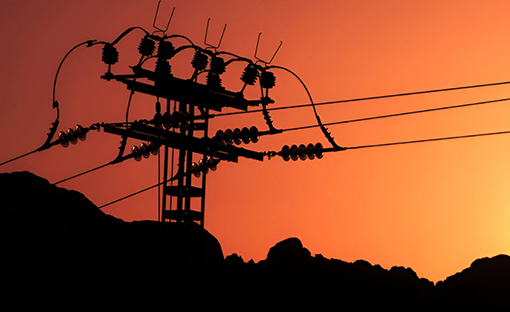
Officials from the Ministry of Energy are urging the public and policymakers to brace for further energy shortfalls and disruptions in irrigation supply, especially as summer temperatures peak and demand soars.



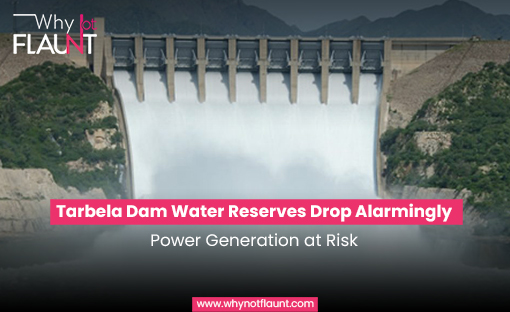












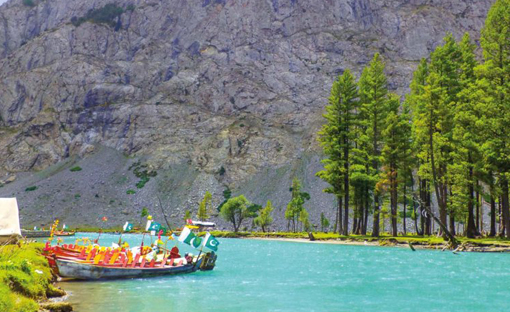



Leave a Comment
Your email address will not be published. Required fields are marked with *